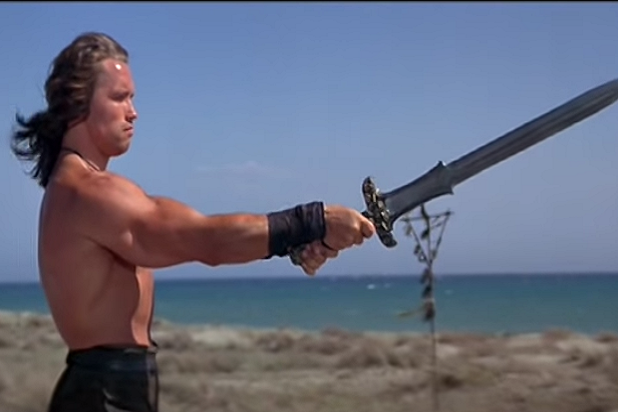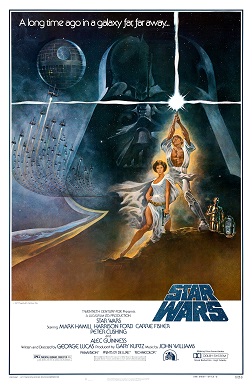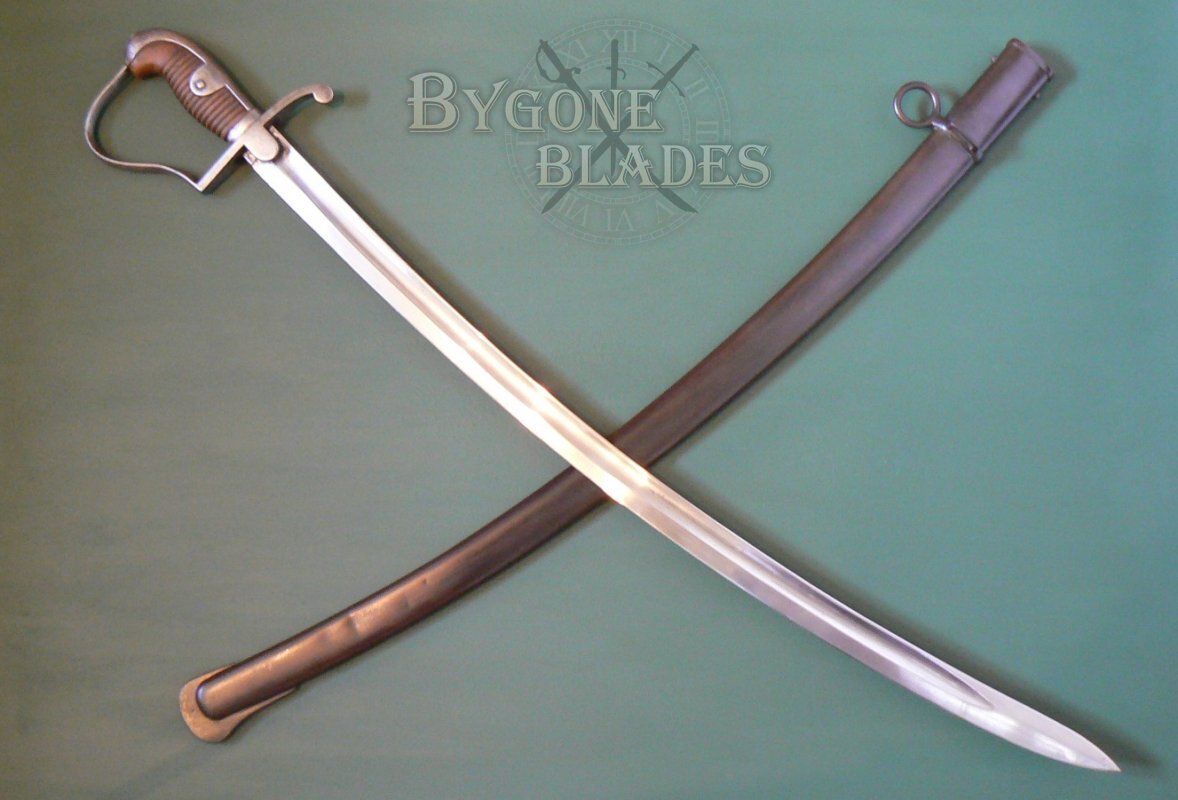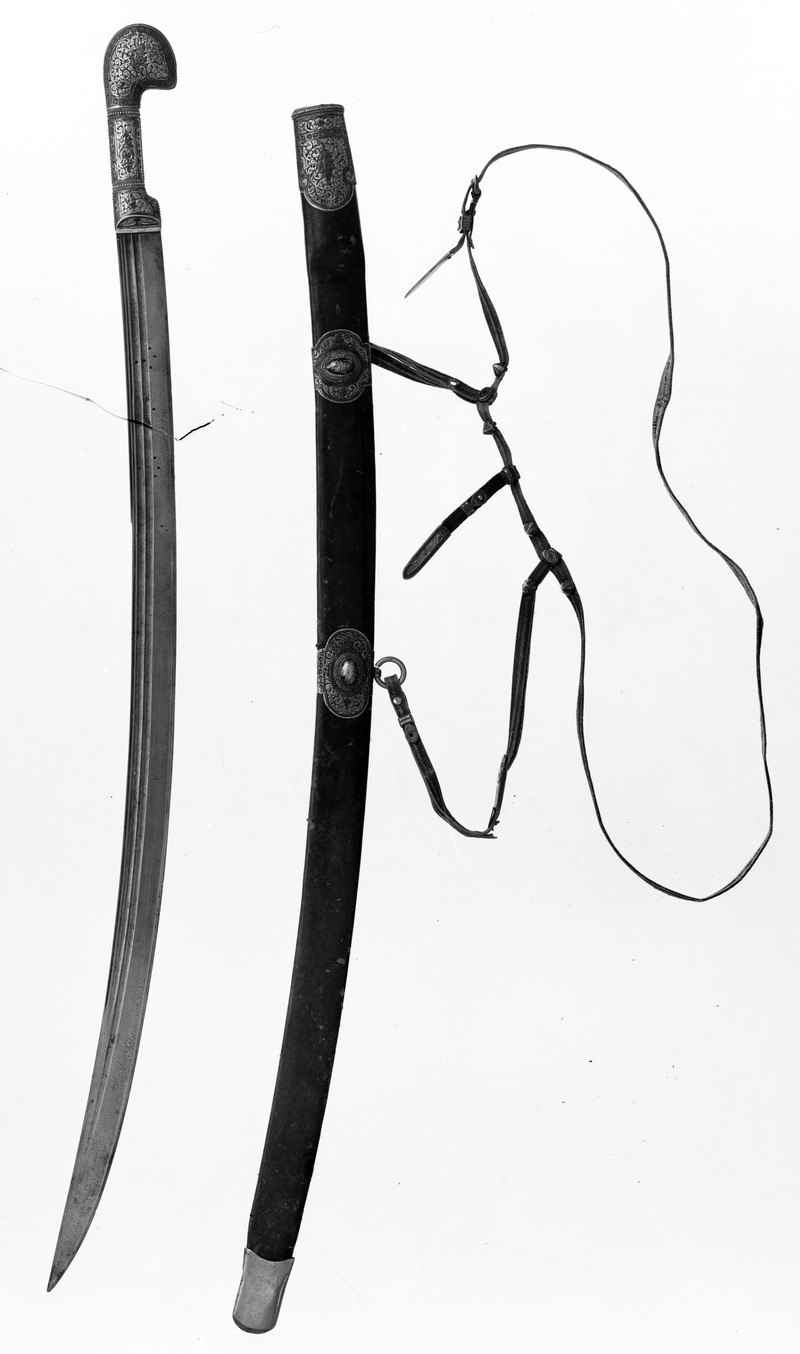Little has done more to warp the modern concept of swords than the creative licence of Hollywood.
Ironically, that same force is also what has helped inspire people to ask about the visually stunning spectacles they see on the big screen, and some of those people go on to study Olympic fencing, HEMA, or to joins the SCA in the pursuit of some of the true techniques of swords fighters past.
To be sure, the visual freedom of cinema, and ever advancing skills in fight choreography and video editing have added to the supernatural level of reverence we, as a culture bestow onto the sword.
But in this spectacle, there is a truism, a set of lasting psychological facts that we can document as far back as a millennium or more.
The tale of the Sword in the Stone (Interesting fact: it did not start off as Excalibur when first told), part of the King Arthur legend is an good starting point to this example. No mater how much or little fact the story incorporates, we know as a point of fact that entertainers were telling audiences of young king Arthur's claim to the throne as early at 1000 BCE. From a military standpoint, every peasant knew that speaks and pikes were what won wars, they saw enough of it in their day, and many paid the ultimate price at the end of such pole-arms. Yet, the elite fighters of the day, be they called 'knights' or otherwise, were noted for their skill with the sword, even if it wasn't their primary weapon. a thousand years before video editing, computers, and flashy special effects, we can see that emotionally significant item in a story needed to establish the character as a leader, an authority figure, a king, is a sword.
 | |
|
Come forward a thousand years, and the truth has changed little. From film versions of old King Arthur legends, to the cinema debut of Conan the Barbarian, movies didn't know how to tell a fantastical story without a sword.
When Arnold Schwarzenegger put on the mantle of Conan in 1982, the sword-and-dandle fantasy battle epic was was a modest financial success, but earned a cult following among movie goers, and is considered one of the stepping stones for Schwarzenegger's movie career as he progressed to larger and more profitable roles in the years to come. With special effects and fight choreography that even die-hard fans have to admit have aged poorly over the years, the movie is still widely considered by many to be 'good, fun' entertainment, even though the main character's three main attributes are his pectorals, his deep voice, and his huge sword.
Unconfirmed legend in the entertainment industry tells us that the childrens' TV show "He-Man and the Masters of the universe" was born of a failed attempt to create an animated Conan the barbarian series.When the writers of the day decided that there was no way to effectively water down Conan enough to even come close to kid's-friendly TV, they re-branded the loincloth clad, muscle bound swordsman as "He-Man" and rewrote the world into fantastical sci-fi. Ironically, the concept was adapted to children's television in 1992 as "Conan the Adventurer".
 | ||||||||
|
 |
| He-Man and the masters of the universe (1983) |
 |
| "Conan the Adventurer" (1992) |
Despite the fact that the titular character in each of these is wearing less armor than most Olympic swimmers, and doesn't even wear a shield, the appeal and emotional legitimacy of of the sword-wielding strongman/barbarian has allowed both franchises to endure for over fifty years now in various incarnations. Each iteration of the massive, and unrealistically heavy looking sword has earned its place in the hearts of thousands of children, and the wall hangings of thousands of pop-culture enthusiasts.
Even in the face of space ships and laser pistols, the sword was re-imagined by George Lucas in 1977 as the "light saber" an energy-based bladed weapon capable of cleaving through anything, and deflecting blaster shots, thanks to the supernatural help of 'the force'.
 |
| Star Wars (1977) |
Two decades later, when the prequel story was told, real world technology had progressed enough to allow a new generation of crew under Lucas to showcase the light saber fight in all of its mind-boggling, laser-deflecting glory.
 |
| Star Wars: Episode 1 (1999) |
Even in a setting reminiscent of World War II engagements (Which Lucas openly admitted he based his battle scenes on), the visual allure, the emotional authority of 'the sword', no mater its incarnation, was what helped codify in the might of the audience the true authority of the central characters.
As we recount the innumerable films that have embraced the sword, even in the face of superior weapons within its own story, we should ask ourselves why it is that humans are time and time again drawn to a weapon only slightly younger than civilization itself. With magic spells that can be shown to move mountains, and real life riffles that that kill at 3 miles, why it is that the sword still appeals to us as a people? Why is it that swords still, to this day show up in american, British, German, Chinese, and Japanese cinema, even in 2019, when computers can literally draw anything on our screens?
The answer, I would suggest, lies not in the sword itself. But in the fundamental recognition that the sword, unlike so many of its kin, was not derived from a farmers tool, or a walking stick, or a hunter's bow.
The sword was the first tool we know of crafted from the ground up for the art of conflict, for the sake of conflict itself.
The sword was the first tool we know of crafted from the ground up for the art of conflict, for the sake of conflict itself.
To put a sword in a man's hand is to put the oldest pure implement of war into the hands of your main character. It says something to the audience, even if they have never held the weapon themselves, and know nothing about it.
At an instinctive level, there are things they just know:
At an instinctive level, there are things they just know:
- A man can hunt animals with a bow
- A man can walk with a spear as a walking stick
- A man can fell trees and build with an ax.
- But a man makes war with a sword, and nothing else.
So in the end, remember the thrill of watching your favor Jedi ignite his light saber, or watching Captain Jack Sparrow draw his rapier, or seeing Conan heft his barbarian's sword...
Remember those moments, and ask yourself what type of excitement people must have felt when bards, troubadours, and mistrals told of Arthur first putting his young hands on The sword in the Stone.
Remember those moments, and ask yourself what type of excitement people must have felt when bards, troubadours, and mistrals told of Arthur first putting his young hands on The sword in the Stone.
Answer that for yourself, and you'll understand the facts behind the fiction about swords.
His Lordship Ivo Blackhawk
Kingdom of Ansteorra"Long Live the King!"
/cdn.vox-cdn.com/uploads/chorus_image/image/67069092/merlin_69766343.0.jpg)







